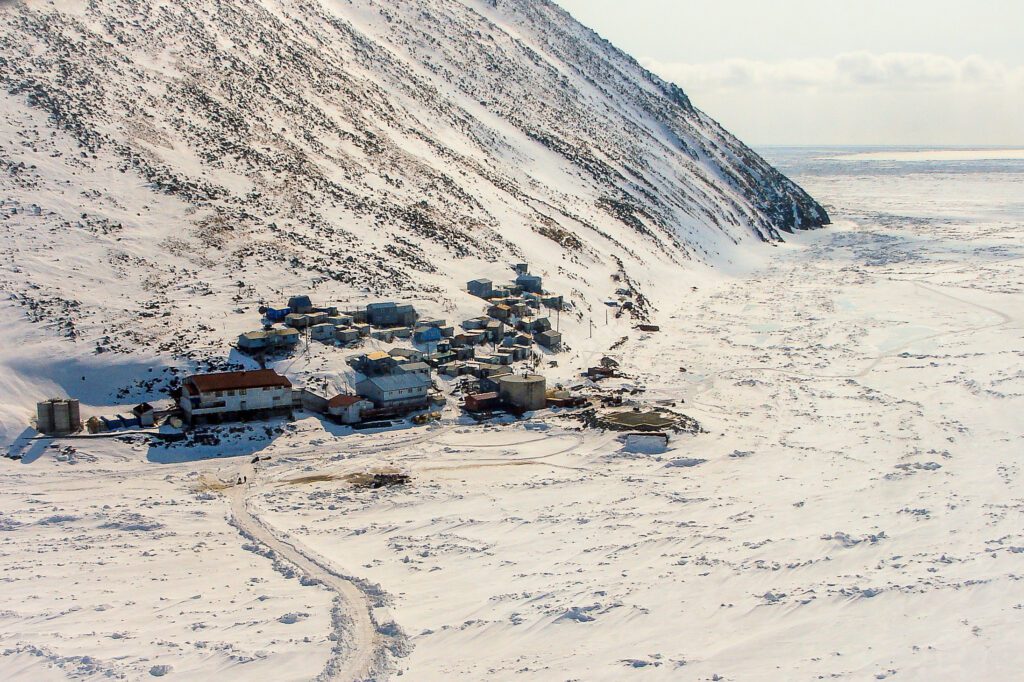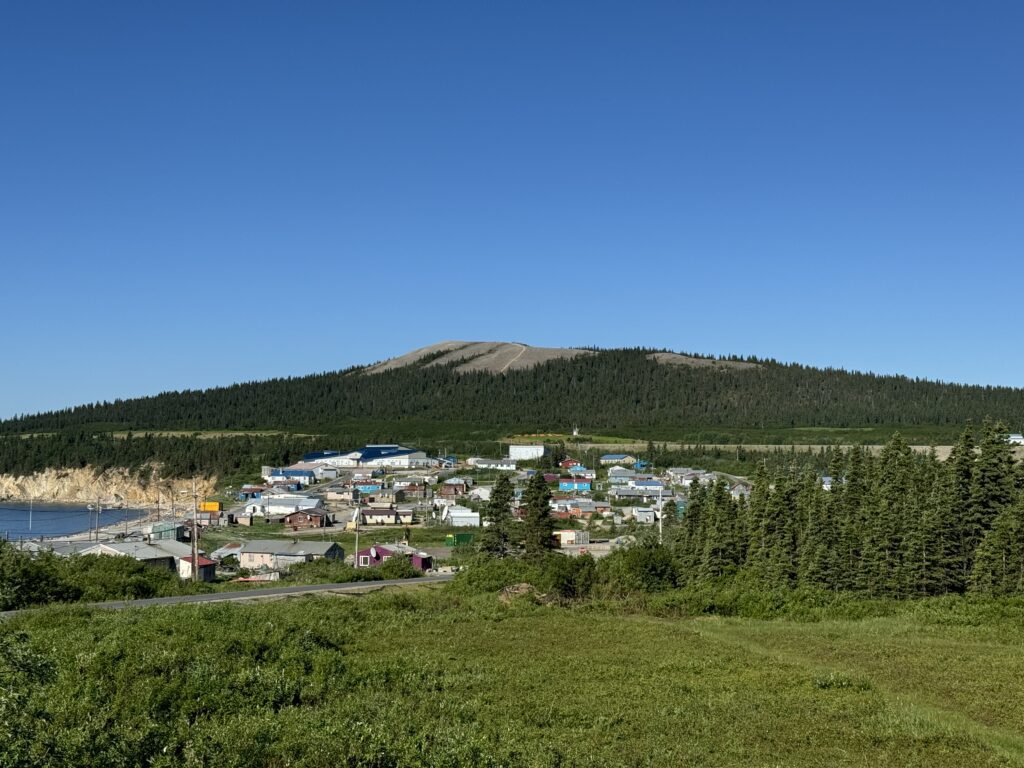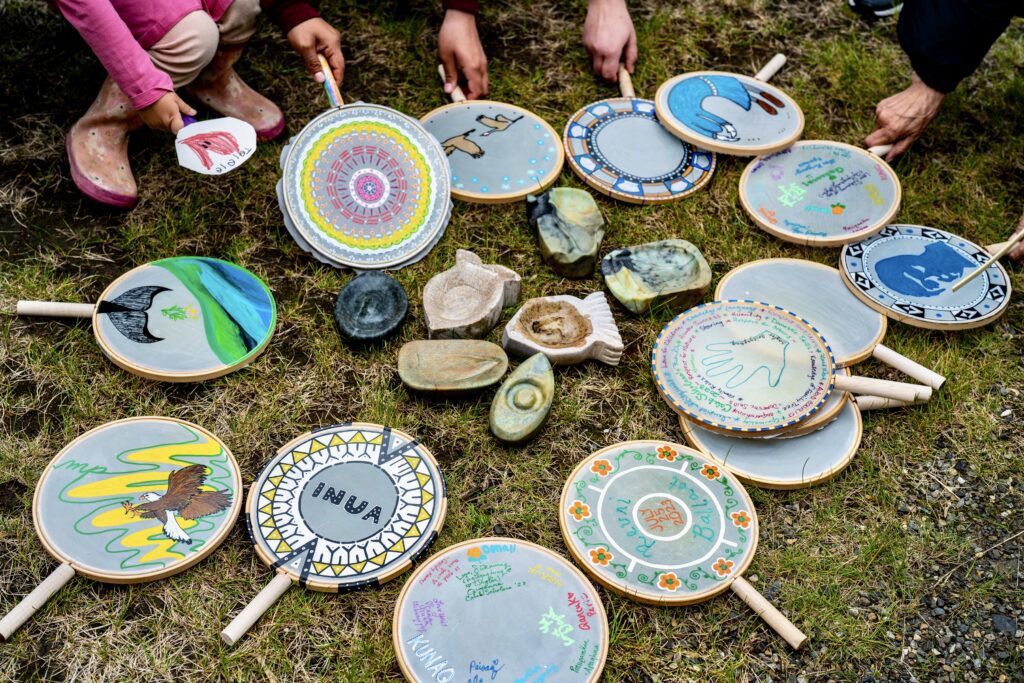Shortly before Iditarod this year, Western Alaska was buffeted with a series of blizzards, adding feet to the already considerable amount of snow on the ground.
Since Western Alaska’s winter temperatures don’t rise above freezing in winter, this snow accumulates for months, forming a permanent base layer.
The presence of this snow cover makes possible all sorts of outdoor winter activities, from snowshoeing and cross-country skiing to snowmachine travel (such as from village to village). But excessive snowfall can also delay flights carrying supplies and mail to the bush communities KNOM serves.
With heavy snow, homeowners will shovel snow from rooftops to prevent ice dam buildup. An ice dam is a ridge of ice that forms on the edge of a roof and prevents melting snow (water) from draining off the roof. The water that backs up behind the dam can leak into the home and damage the walls, ceiling and insulation.
Your support allows KNOM to bring regular updates on regional weather — including sea ice cover and marine forecasts — to thousands of listeners each day. Thank you!
Images at top and below: scenes of snowy Nome, March 2018. Photos: David Dodman, KNOM.
Lynette Schmidt also contributed to this story.





